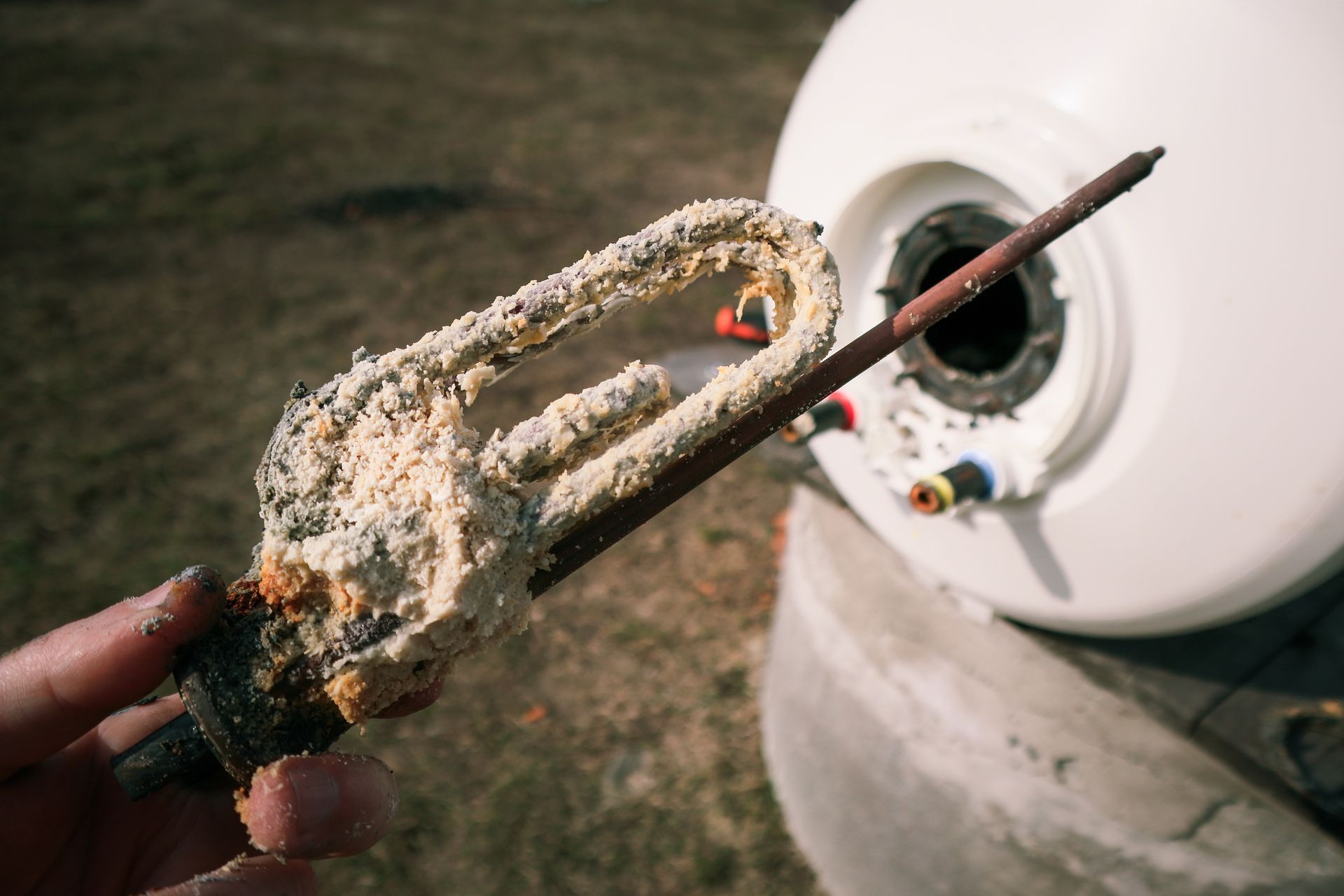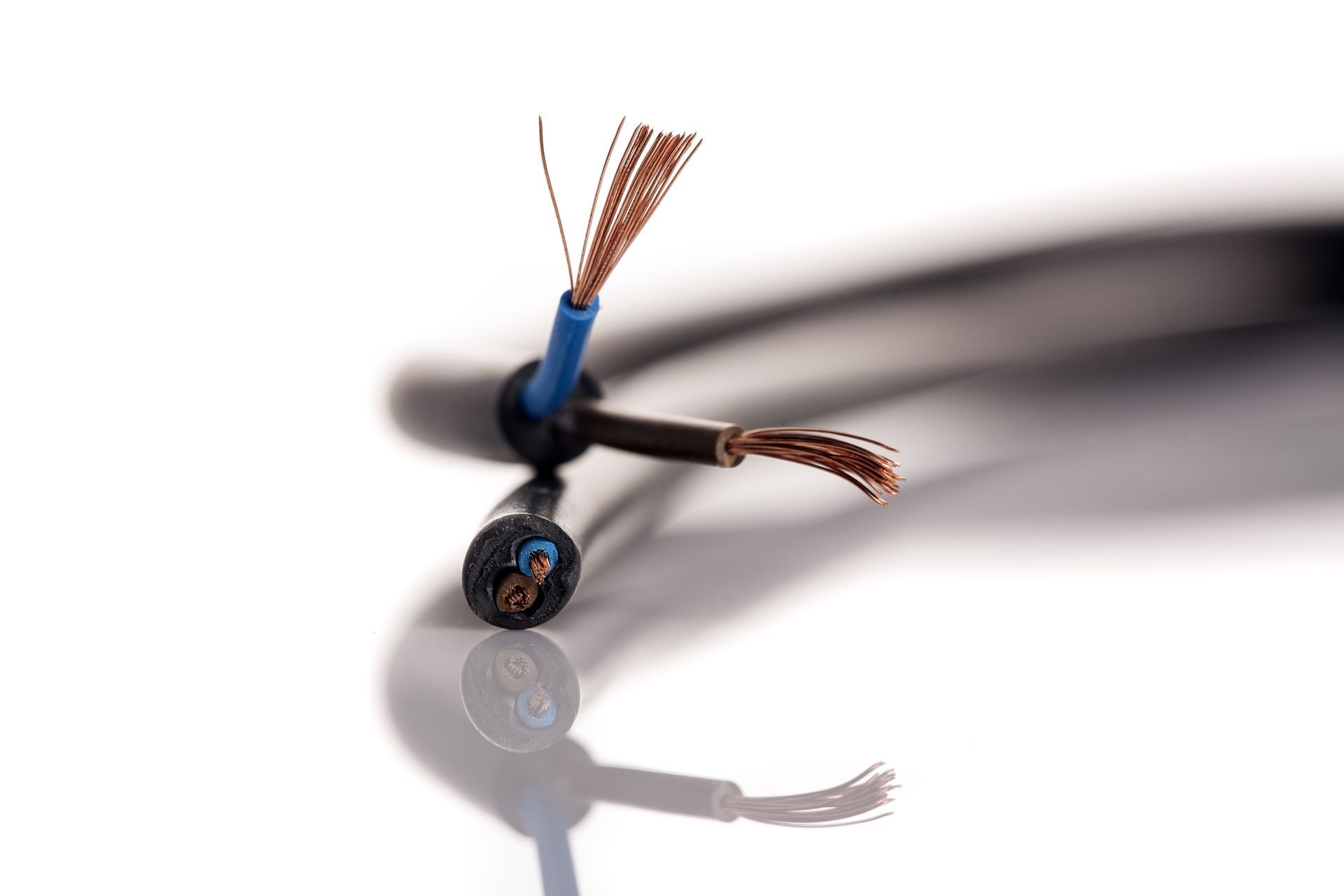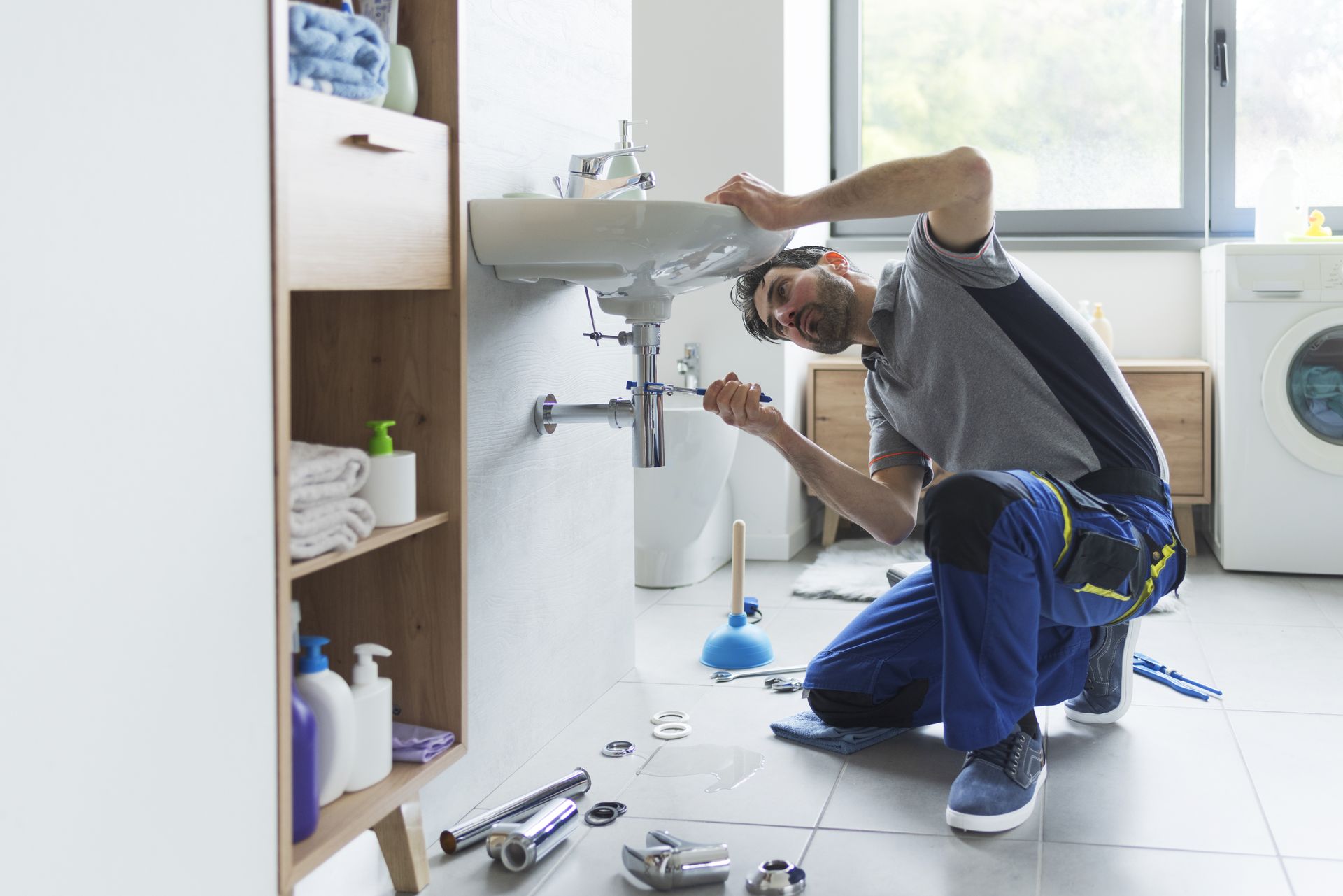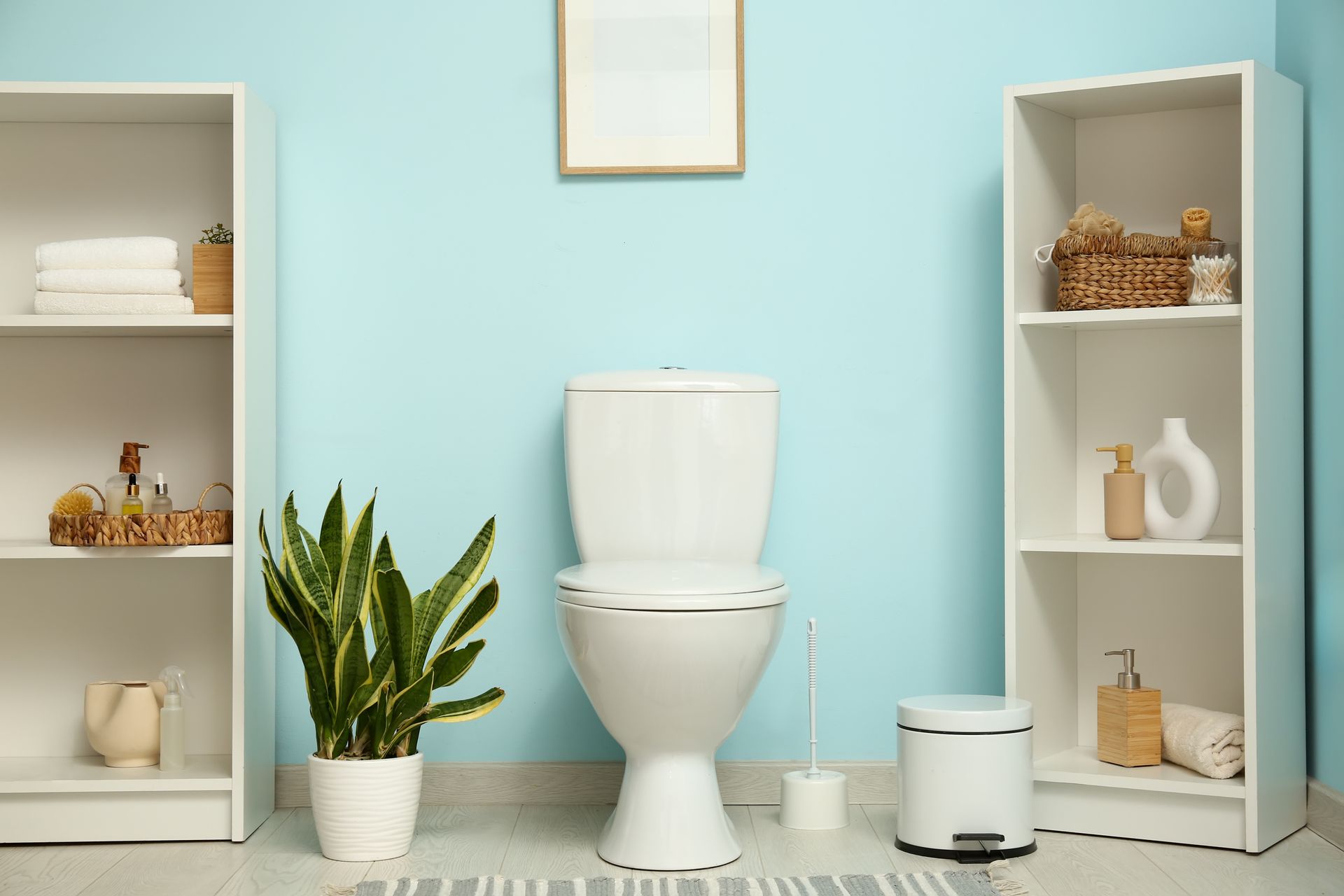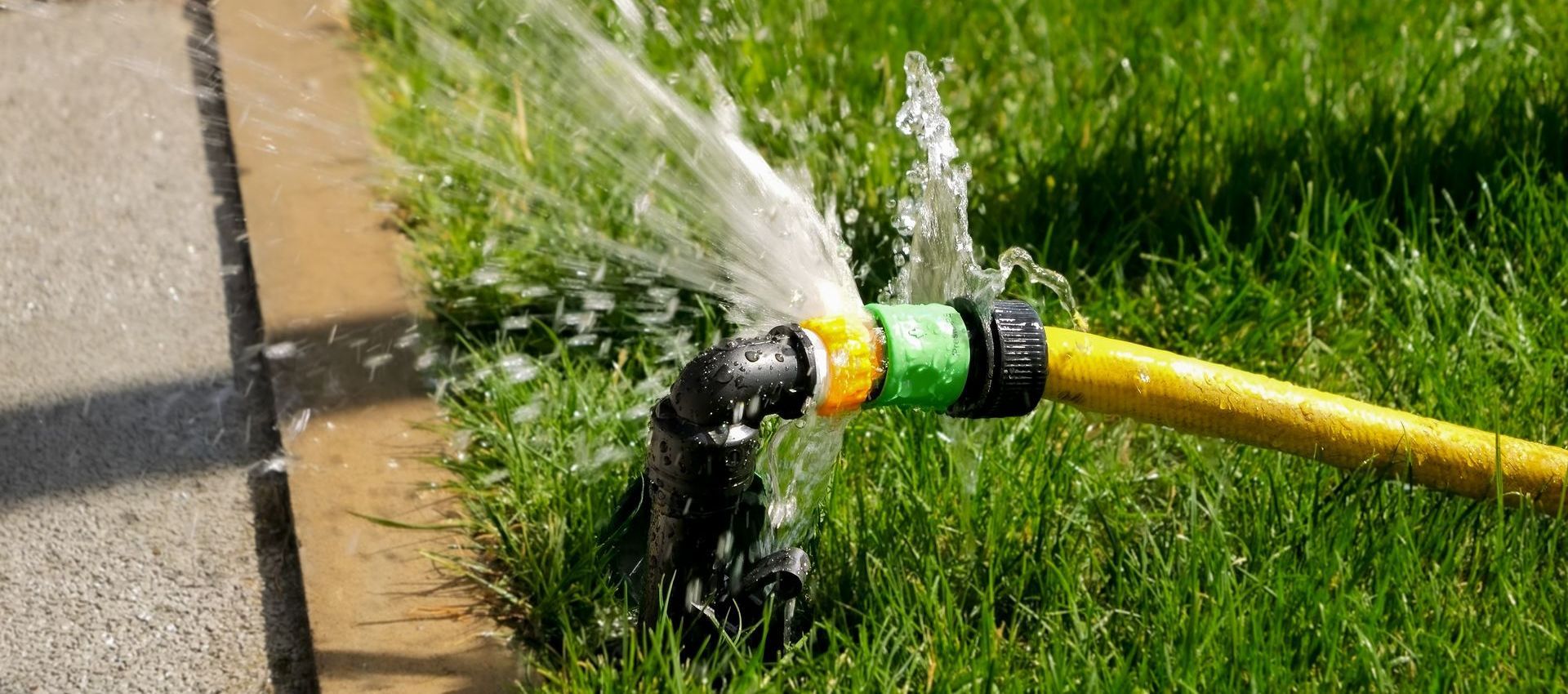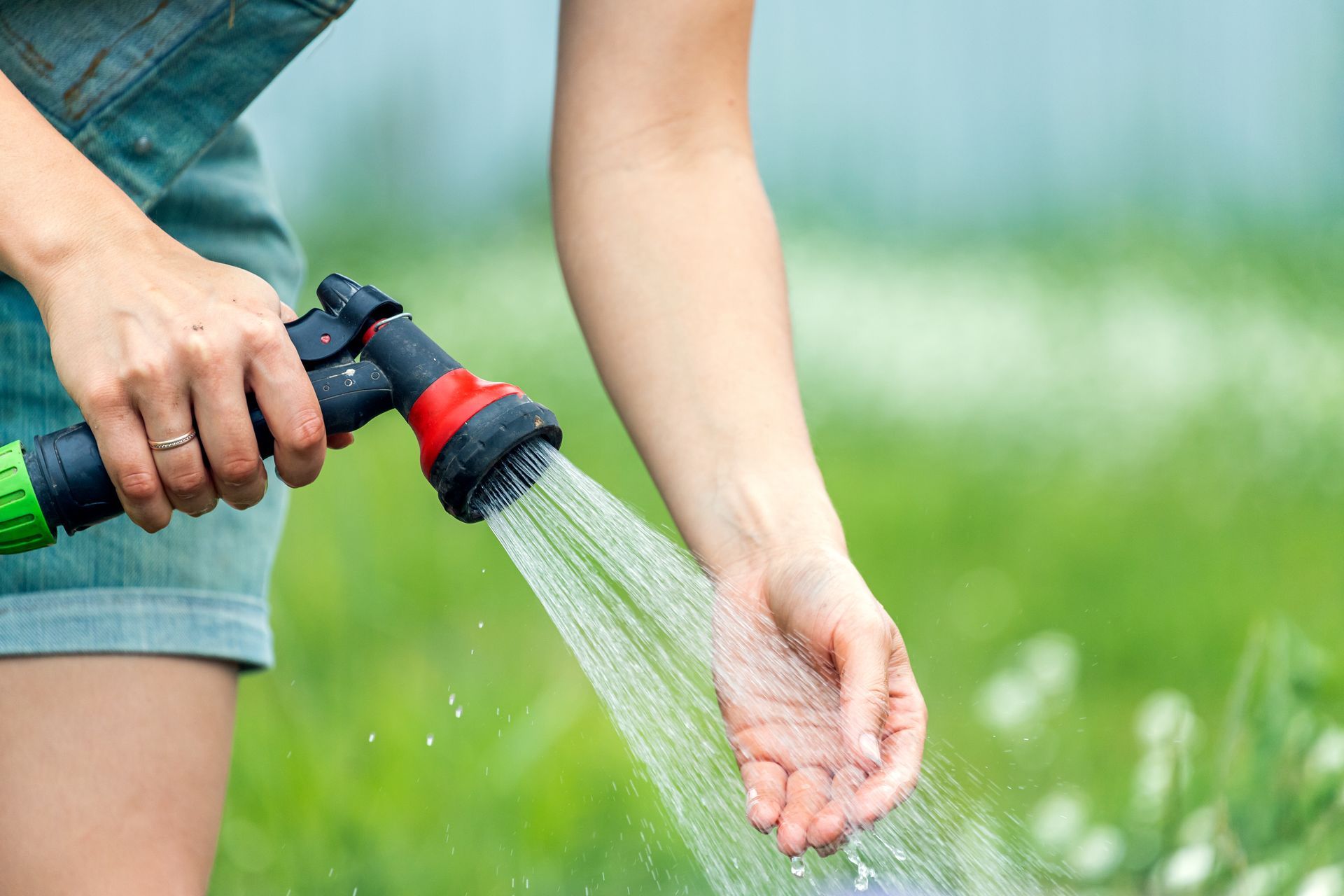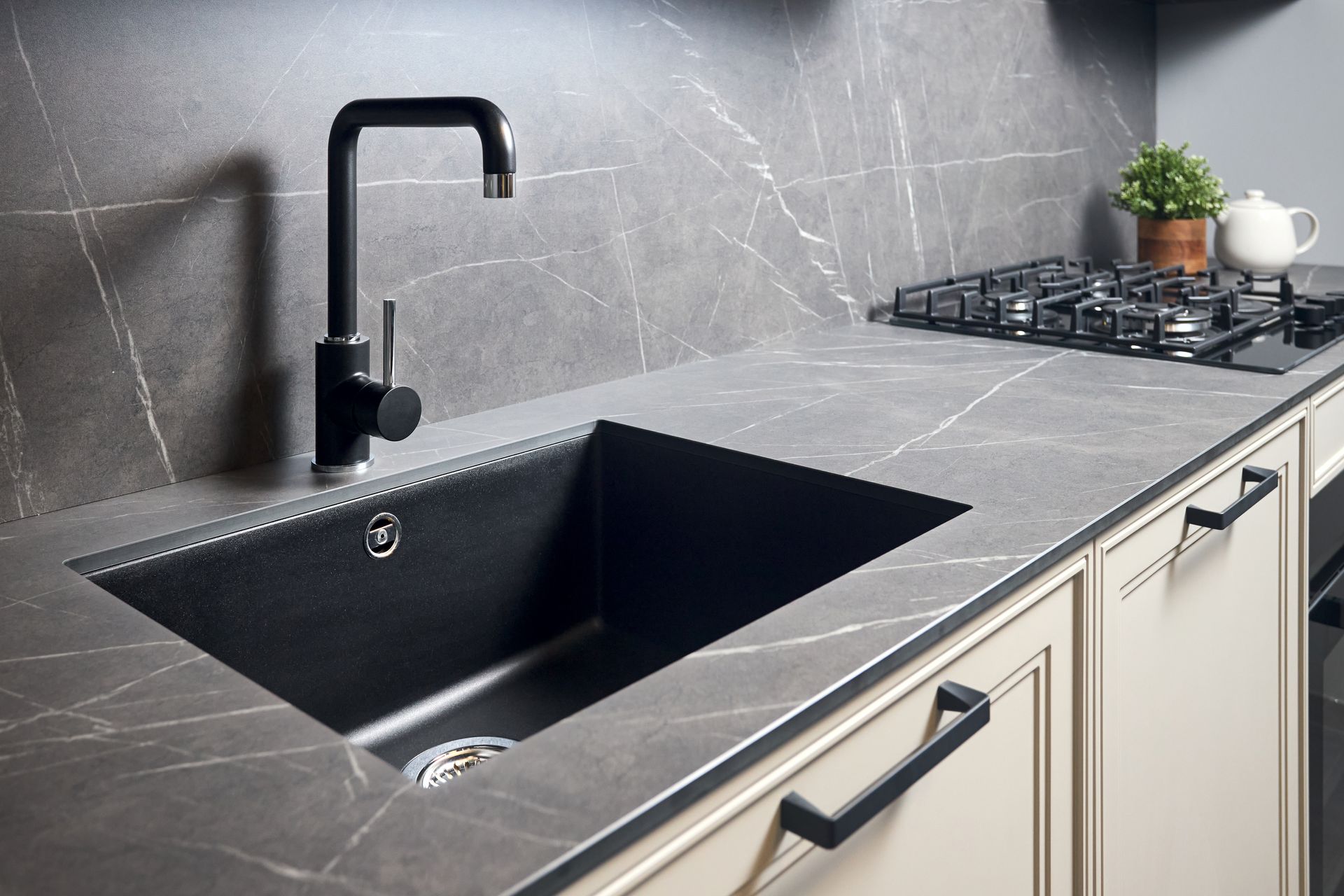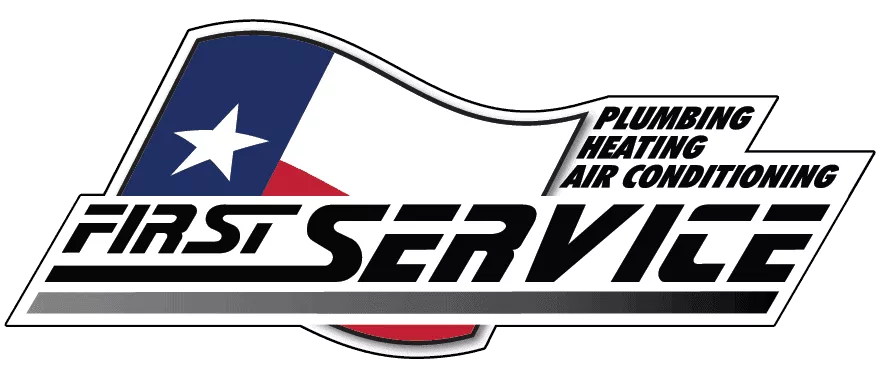Dealing With Hot and Cold Spots? Here’s How To Fix Them
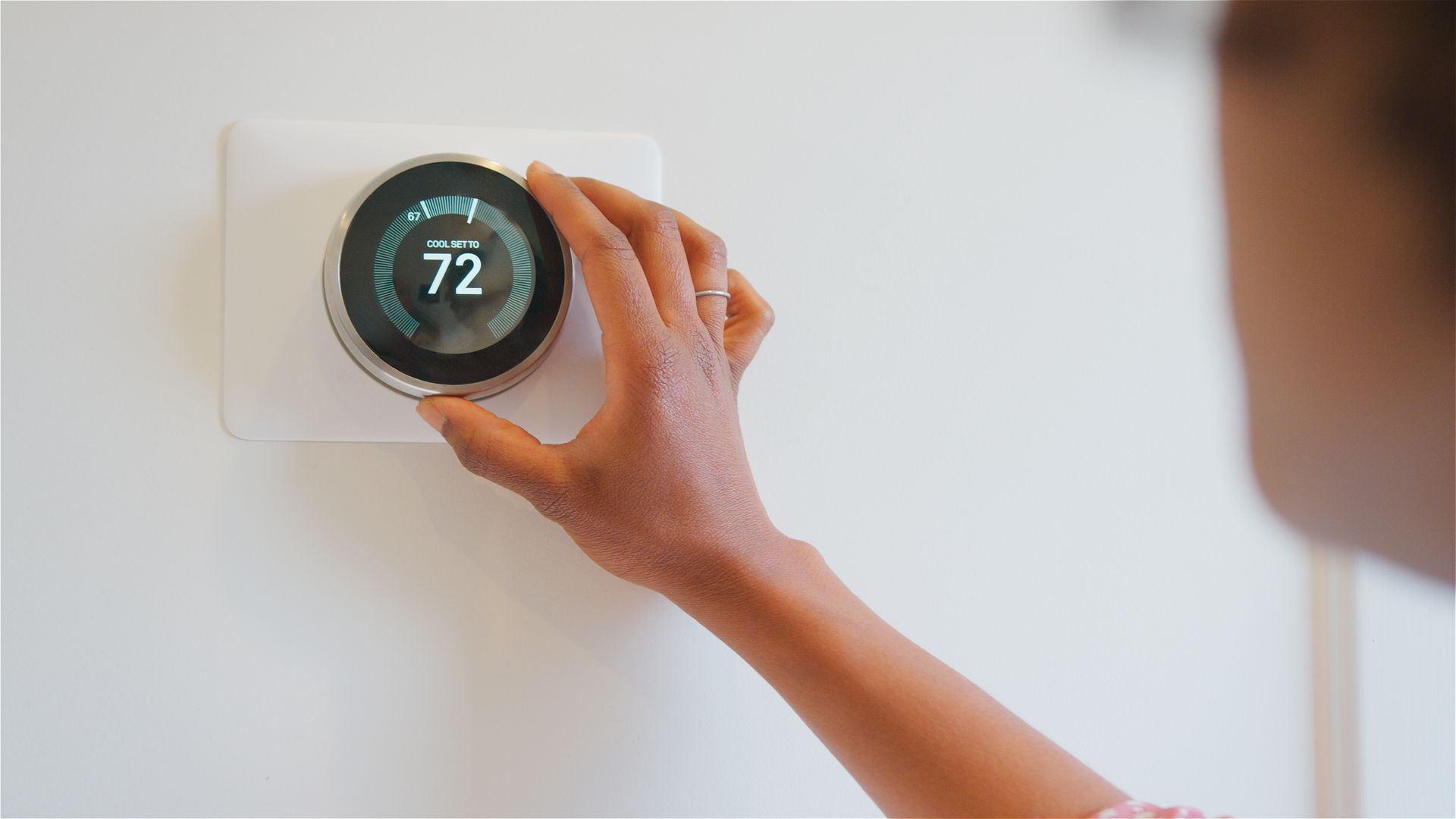
Sometimes, the temperatures in our rooms can feel drastically different. One room may be warm and humid while another feels icy cold. These occurrences are known as hot and cold spots. While frustrating, this is a common problem for Texas homeowners and an indicator there might be something wrong with your ductwork. Let’s take a look at some potential causes and solutions for treating hot and cold spots in your Texas home.
Potential Causes of Hot and Cold Spots
Poor Airflow and Blocked Vents
Poor airflow is one of the main reasons your home might have annoying hot and cold spots. When air isn’t moving the way it should, some rooms are bound to feel too warm while others stay chilly. Things like blocked or closed vents, dirty air filters, or even the way your furniture is arranged can all mess with how air flows through your space—leading to uneven temperatures.
Uneven temperatures often result from poor airflow. When air can't move freely throughout your home, it’s likely that some rooms may feel warmer or colder than others. Common culprits include clogged air filters, closed vents or vents blocked by furniture. Over time, these little issues can create big comfort problems in certain areas of your house.
Solution: Homeowners should make sure their vents and registers are being regularly cleaned. Registers should be open in all the rooms of the home (even in rooms that aren’t being used.) Additionally, check to make sure furniture isn’t blocking airflow and that your air filters are being replaced every 1 to 3 months.
Leaky or Poorly Designed Ductwork
Ductwork plays a big role in keeping your home comfortable by moving warm or cool air to each room. However, if the ductwork is leaking, damaged or poorly designed, airflow may be impacted, leaving some spaces without the air they need to stay comfortable.
Solution: Have an HVAC technician come out and inspect your ductwork. They can check for leaks, poor design or underlying issues with your ductwork. Sealing and insulating ductwork can drastically improve airflow and eliminate hot and cold spots.
Incorrectly Sized HVAC System
Having the wrong-sized HVAC system is another reason for uneven temperatures at home. If your unit is too large, it might heat or cool the space too quickly, shutting off before the air has a chance to spread evenly from room to room. That’s called short cycling, and it often leaves some areas untouched. On the flip side, if your system’s too small, it simply can’t keep up and may struggle to push air throughout the house.
Solution: A licensed HVAC technician can run a load calculation to figure out if your current unit is the correct fit for your home. Getting the right–sized HVAC system can significantly boost your home's comfort levels.
Not Enough Insulation
Poor insulation in areas like attics, basements or exterior walls can lead to big temperature swings in your home. Insulation helps by slowing the transfer of heat, keeping your home cool in Summer and warm in Winter. When certain spots don’t have enough insulation, they are more vulnerable to outside temperature changes. Additionally, windows and doors that aren’t correctly sealed can cause drafts, making hot and cold spots worse.
Solution: insulating your attic, walls and crawl spaces can help keep indoor temperatures stable. Weather-stripping doors and windows can also prevent drafts and improve overall comfort.
Sun Exposure and Room Orientation
The position of certain rooms in your home can make them naturally warmer or cooler. Rooms that face south or west get more sunlight, which makes them warmer throughout the day. On the other hand, north-facing rooms get less sun and tend to stay cooler year-round. Additionally, large windows without proper coverings can let in too much heat, making rooms feel hotter during the summer.
Solution: Sunlight and heat can be mitigated using blackout curtains, blinds or UV window film. If some rooms are consistently too hot or too cold.
Additional Ways To Regulate Temperature in Your Home
If the following methods aren’t working, you may be able to better regulate the temperature in your home by:
- Using a Zoned HVAC System: Lets homeowners adjust the temperature in different areas of their home, making sure certain rooms don’t get too hot or too cold.
- Install a Smart Thermostat: Regulates indoor temperatures by automatically adjusting settings based on the conditions in each room, ensuring a more balanced indoor climate.
- Upgrade to a High-Efficiency HVAC System: If your HVAC system is getting old or having trouble keeping your home comfortable, it might be time for an upgrade. Newer, high-efficiency systems offer improved airflow and better temperature control.
Need Help With Your HVAC? We’ve Got You Covered!
Are you a Midland homeowner looking for an HVAC expert? First Service has got you covered! Our experienced technicians are able to evaluate the condition of your HVAC system, provide routine maintenance and fix problems when they arise. Give us a call at 432-302-6694 to learn more about our services, or contact us by filling out an online form. You can find our contact form by clicking the link here.

